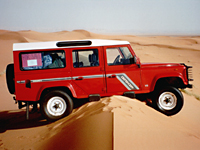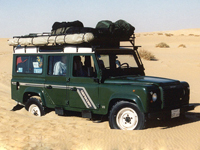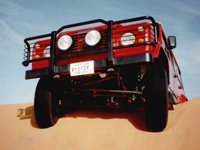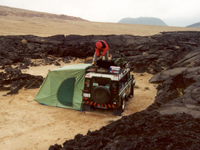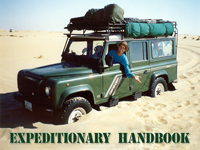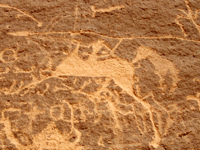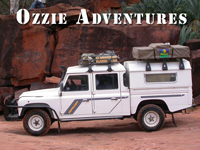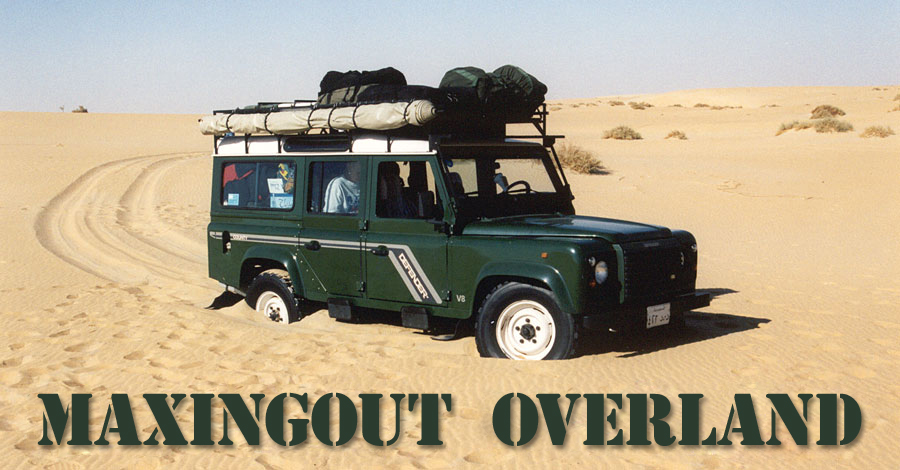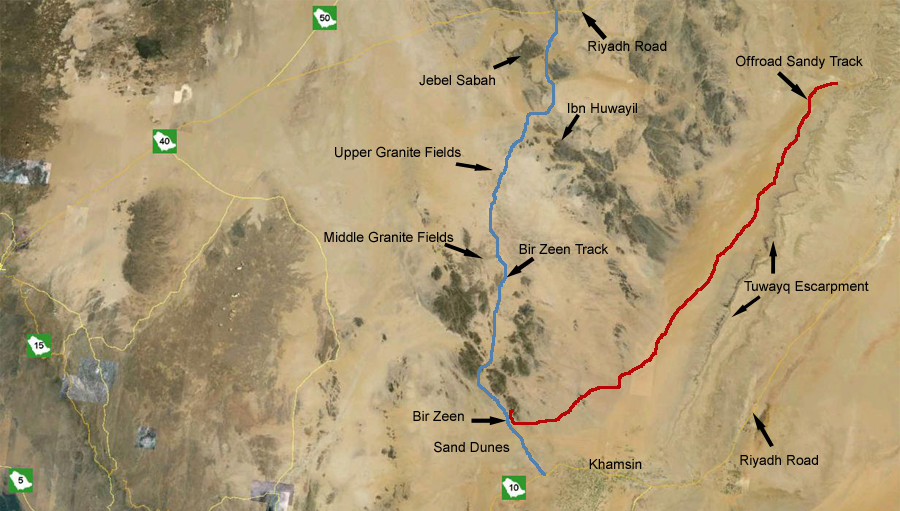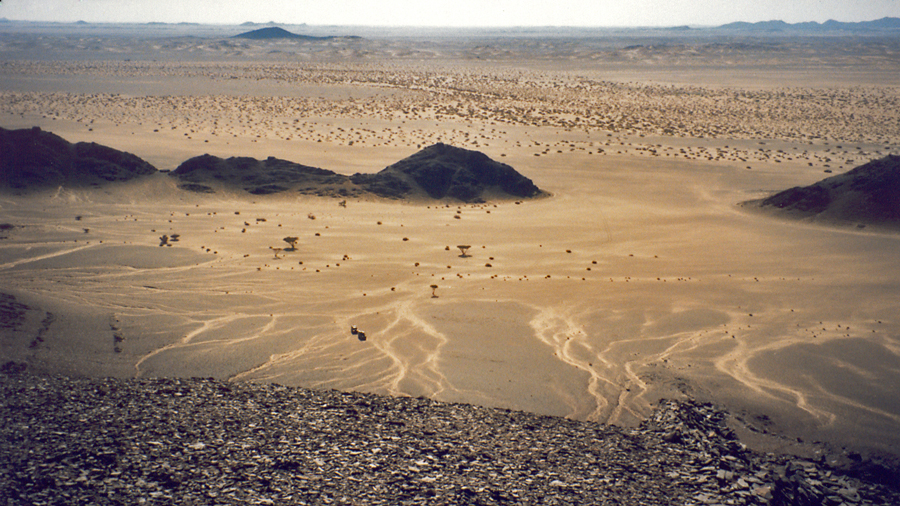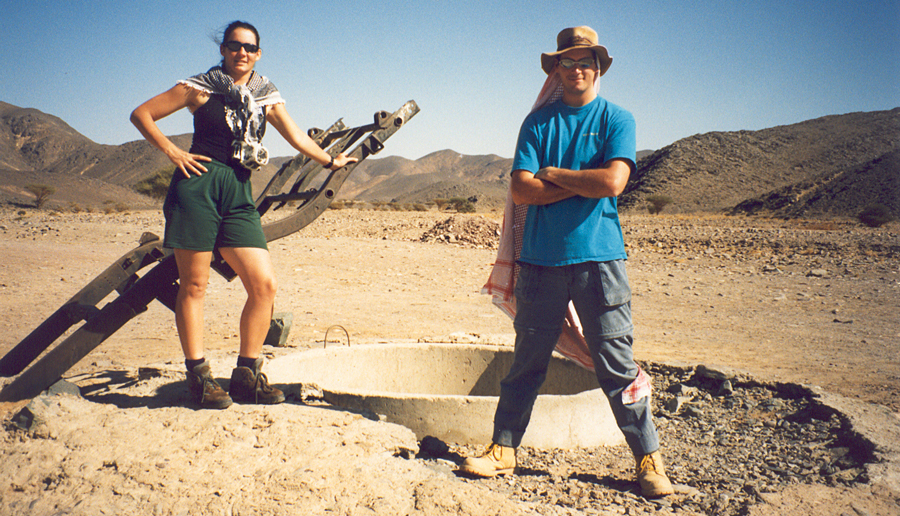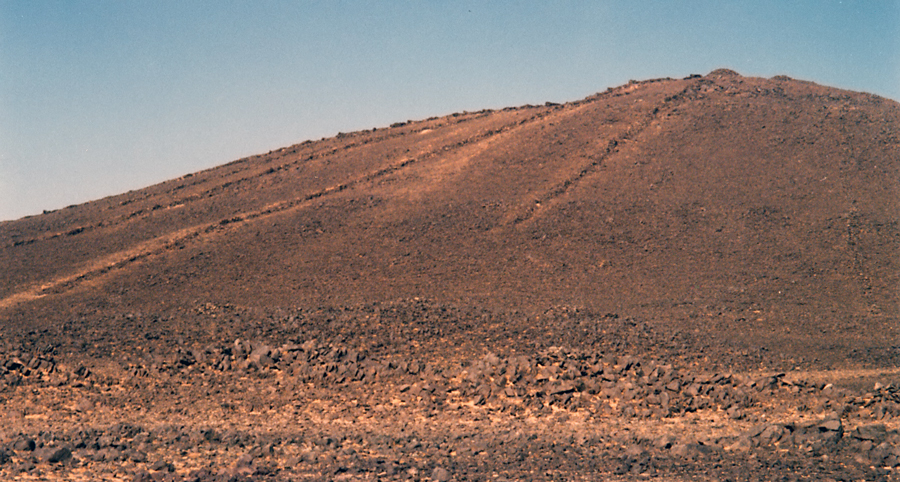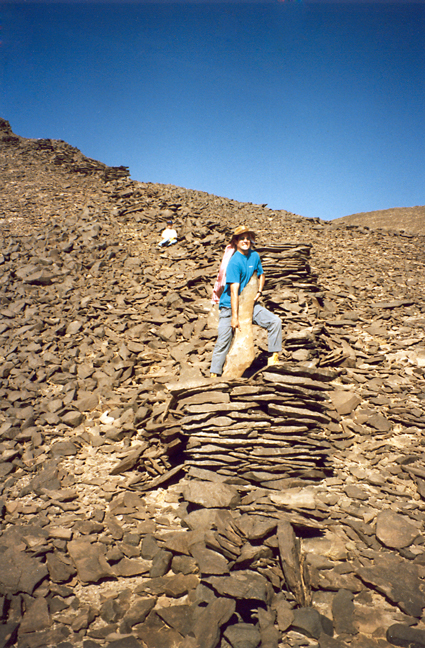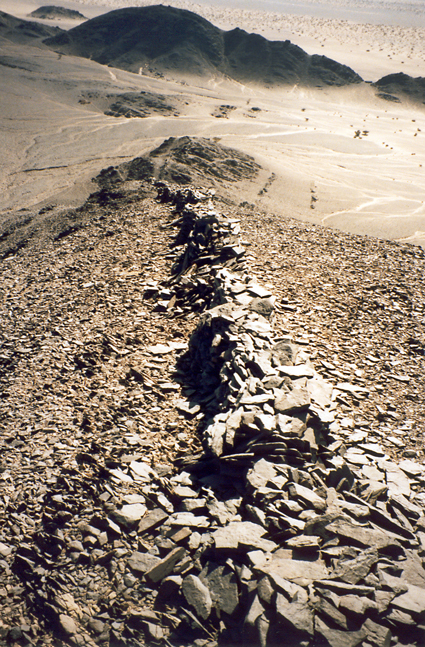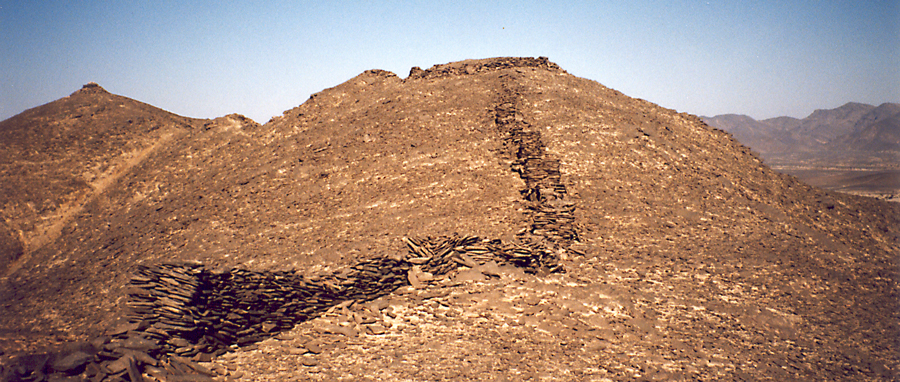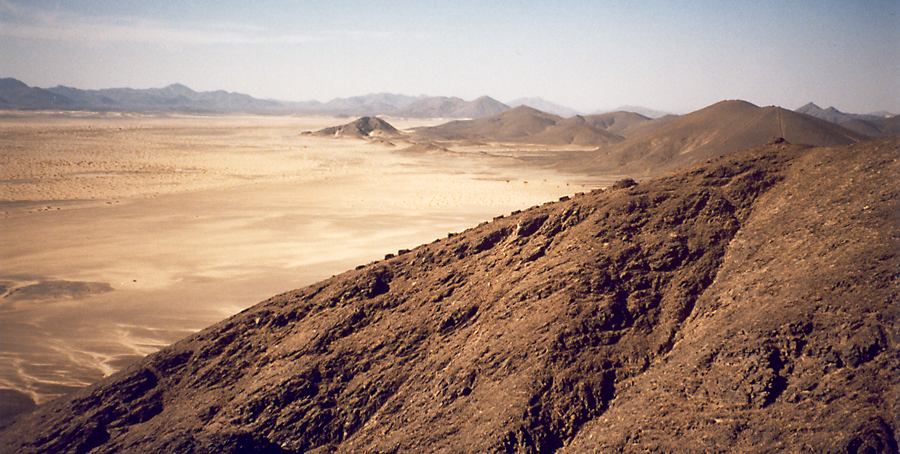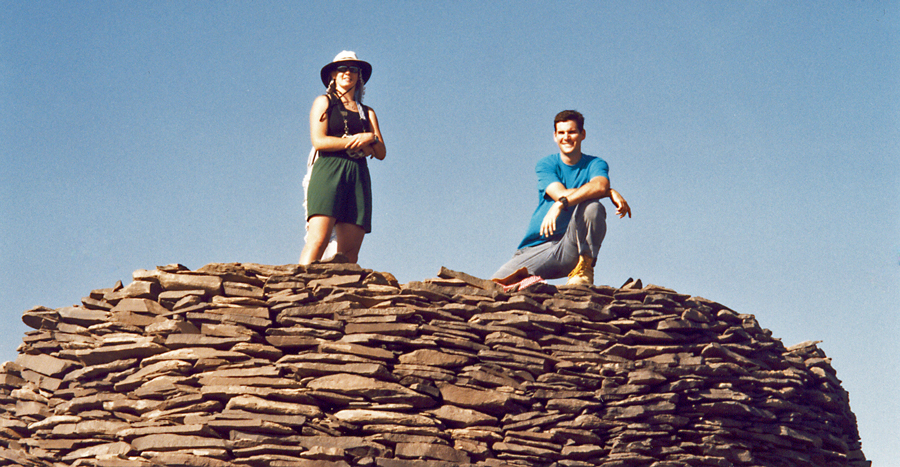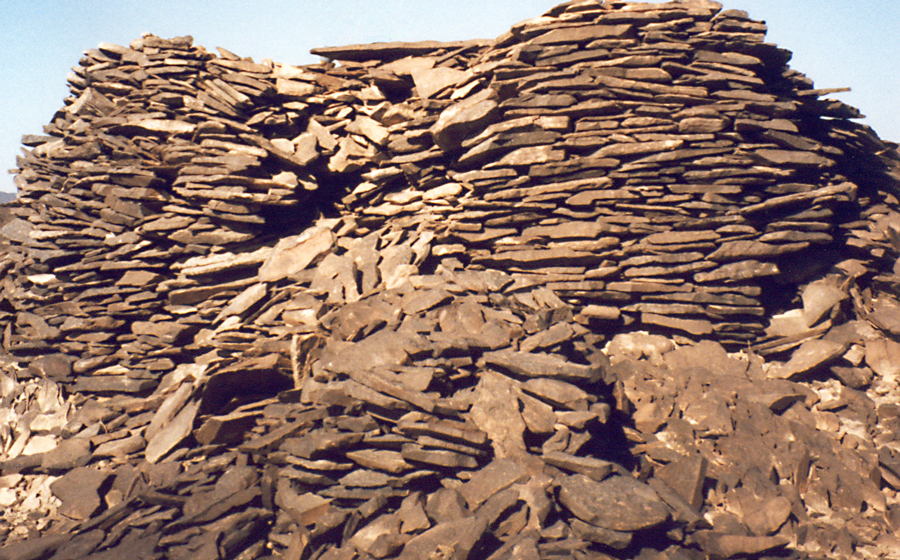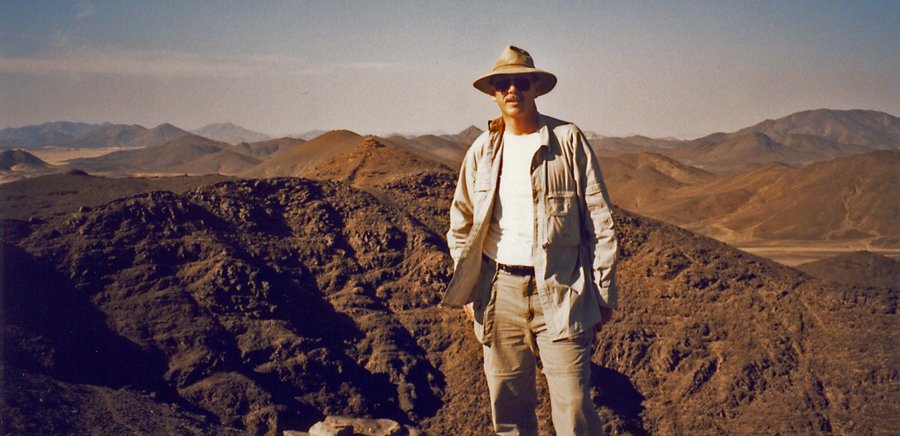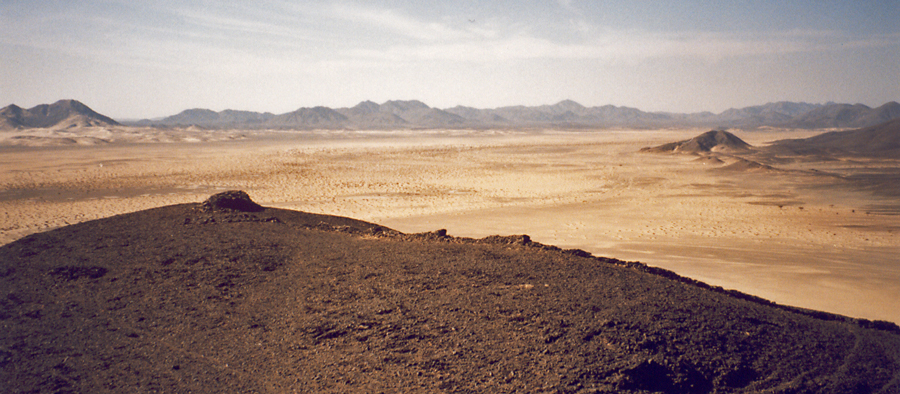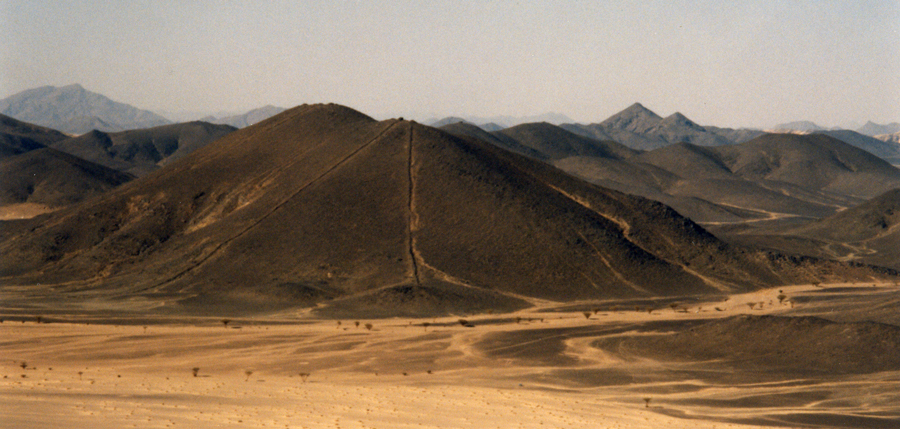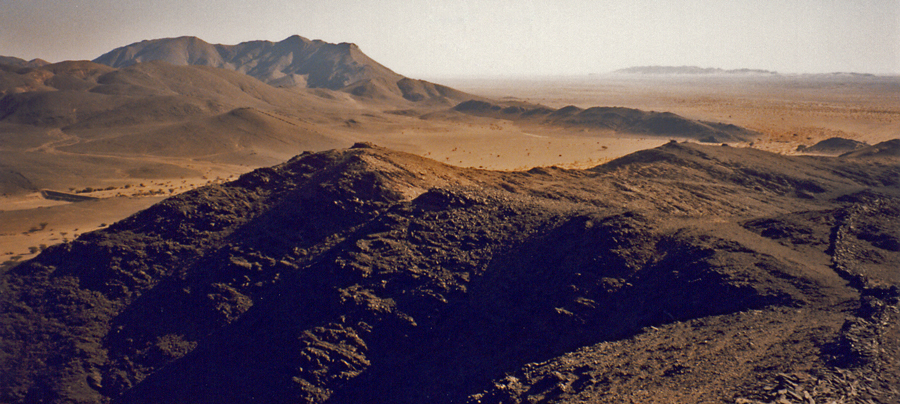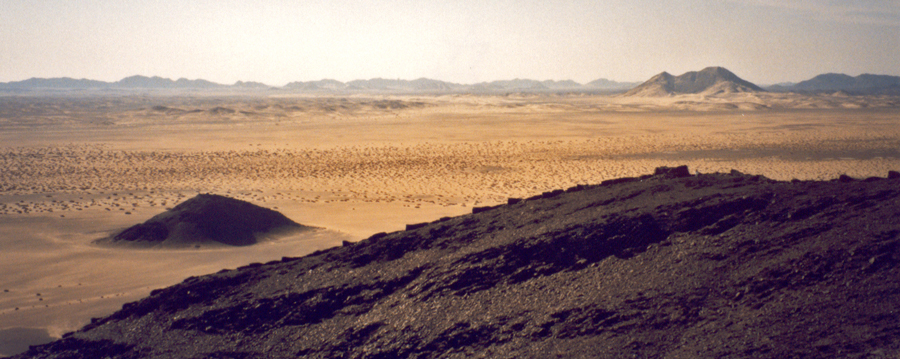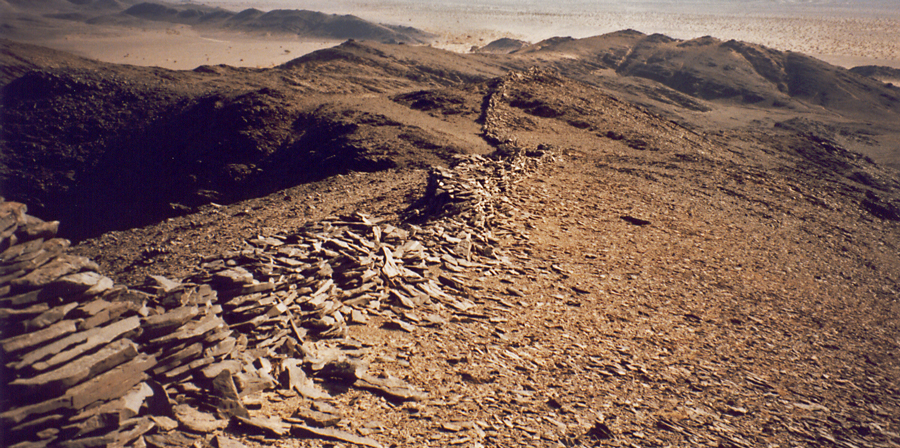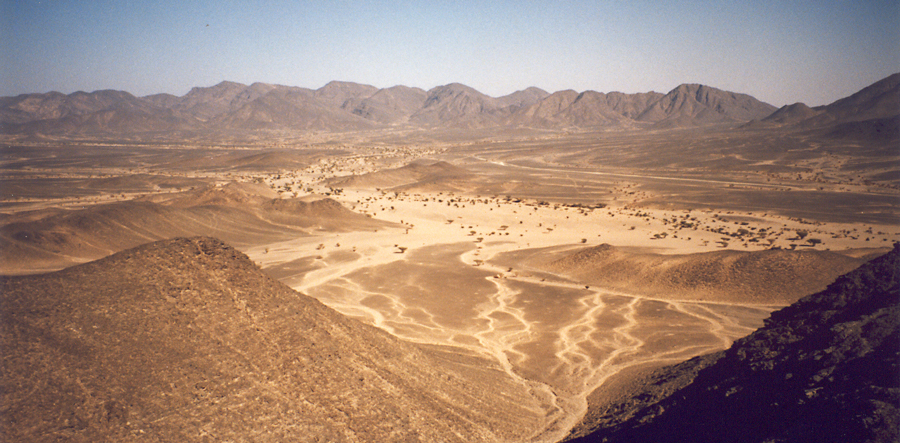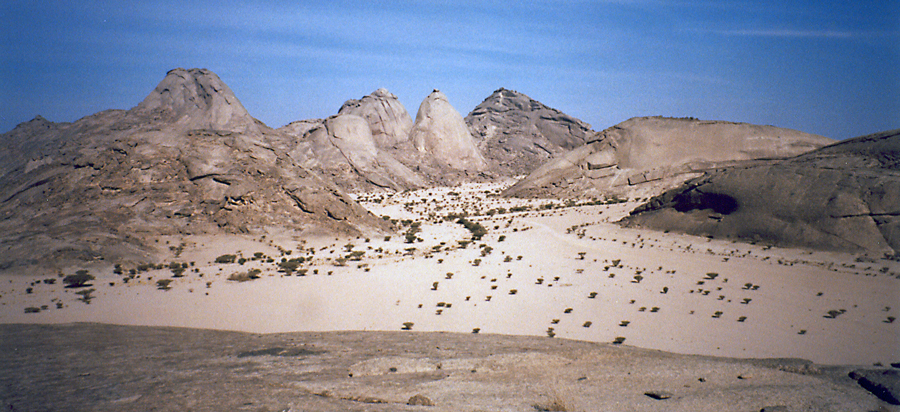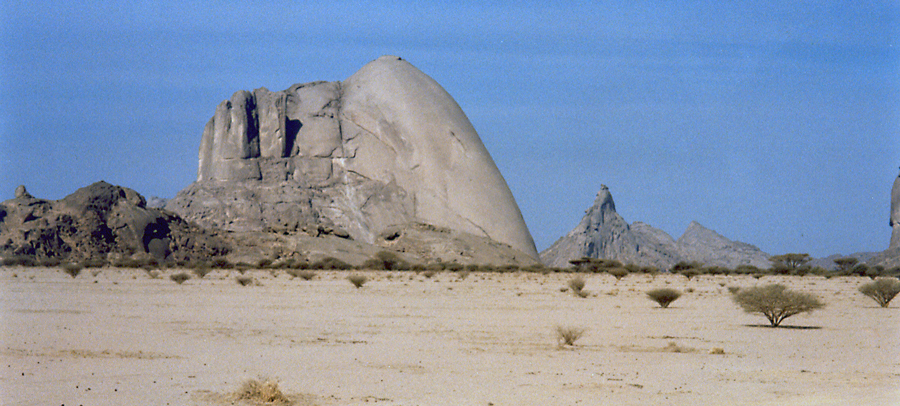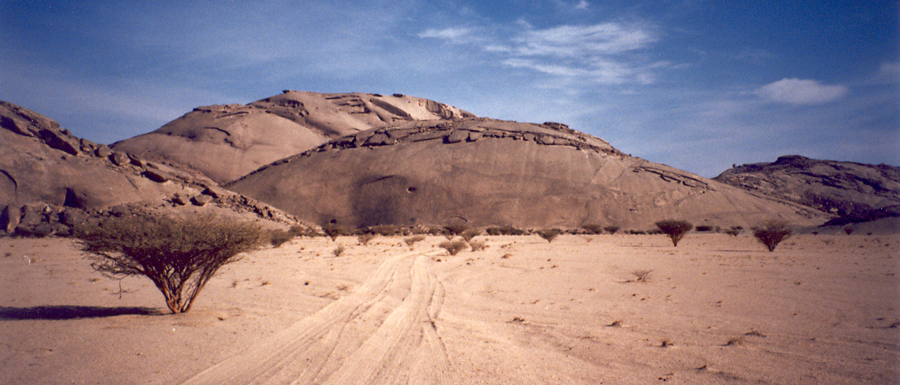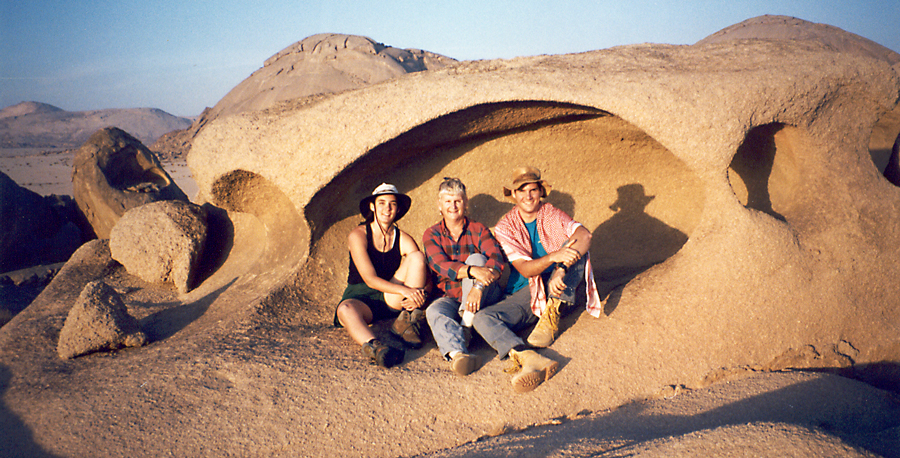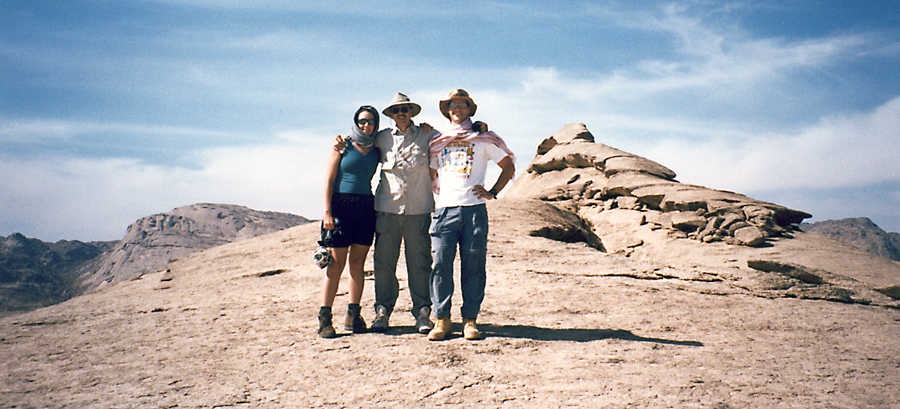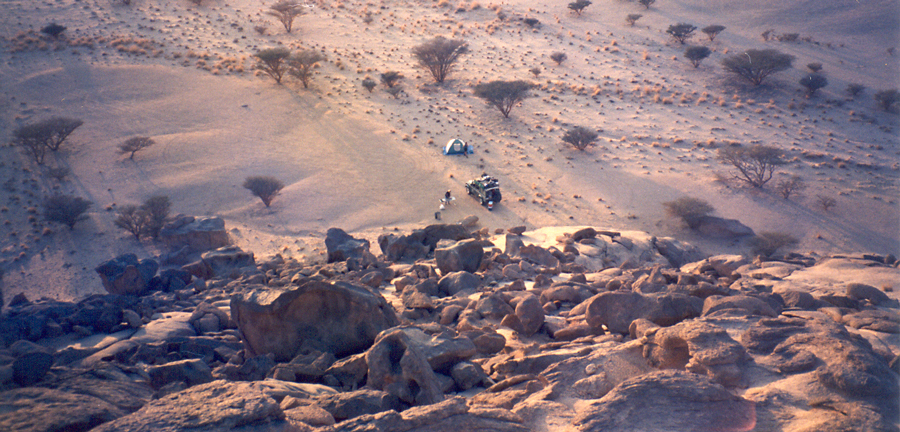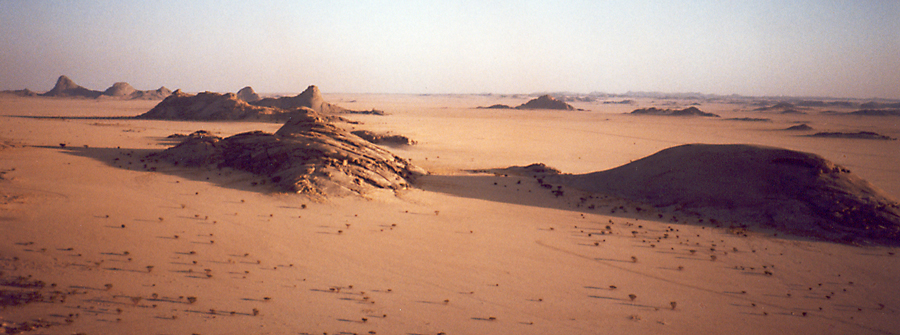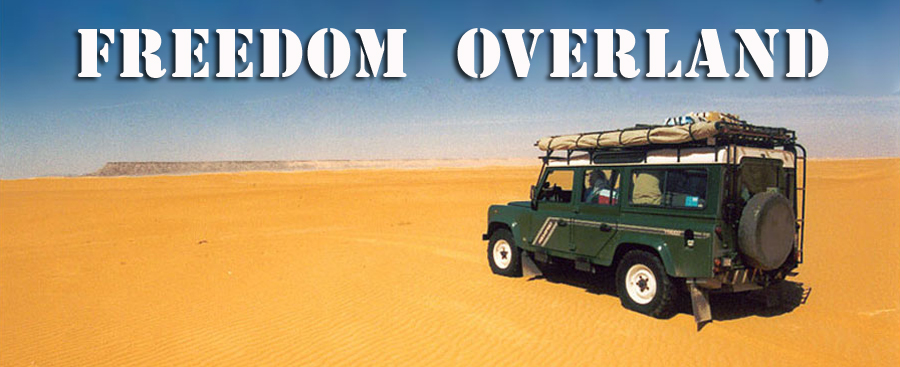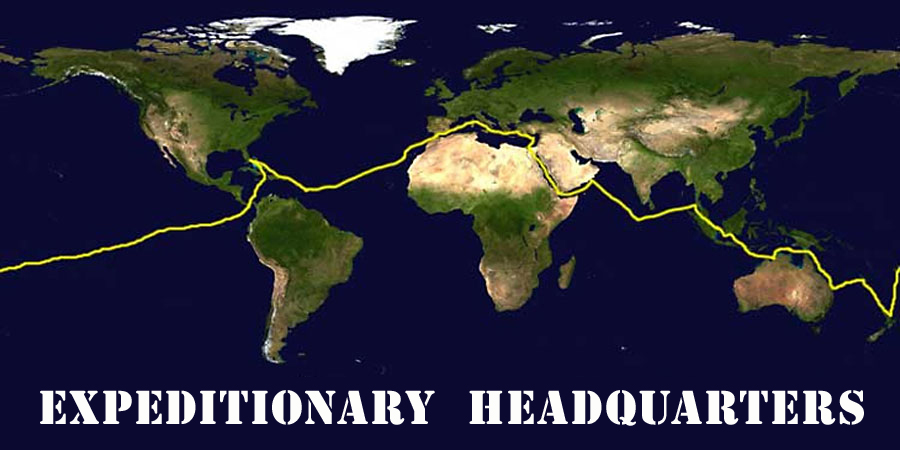 |
||||||||||||||||||||||||||||||
|
Team Maxing Out Driving Overland Around The World |
||||||||||||||||||||||||||||||
|
Team Maxing Out has been making Overland and Off-road expeditions for nearly thirty years. They started out with overland trips in East Africa, and followed that up with an expedition through Mexico, Guatemala, Honduras, Nicaragua, El Salvador, Costa Rica, And Panama. A short stint in Liberia, West Africa was followed by a five year adventure in Puerto Rico. The Middle East beckoned and Team Maxing Out explored Saudi Arabia from the Red Sea to the Persian Gulf, and from Iraq to the border with Yemen including multiple trips across the sands of the Empty Quarter. Overland trips to Bahrain, Oman, and the United Arab Emirates came next. Our down under adventures covered New Zealand from North Cape to Inverness, and our Australian adventures included a 10,000 kilometer outback trek. We are still connecting the dots around the world, and soon we will make a driving trip around the world in a 300 tdi Land Rover Defender. We are connecting the dots in the USA before we head south around the world. |
||||||||||||||||||||||||||||||
|
||||||||||||||||||||||||||||||
|
|
||||||||||||||||||||||||||||||
Overlanding to Bir Zeen is an adventure in itself. You can make it
into a ten day expedition with sand dunes, wadis, mountains, and granite
fields along the way. If you are in hurry and want to rush through
paradise, you can miss all the good stuff and do it in a few days.
In the southern Nejd Quadrangle, the journey is every bit as good as the
destination, and I never rush when I explore this region. Our Land Rover Defenders look like two small dots in the foreground at the base of the high mountains.
Wadis radiate out from the mountains into the surround
desert. Those same wadis create flash floods that recharge the
aquifers supplying water to the wells in the area. |
||||||||||||||||||||||||||||||
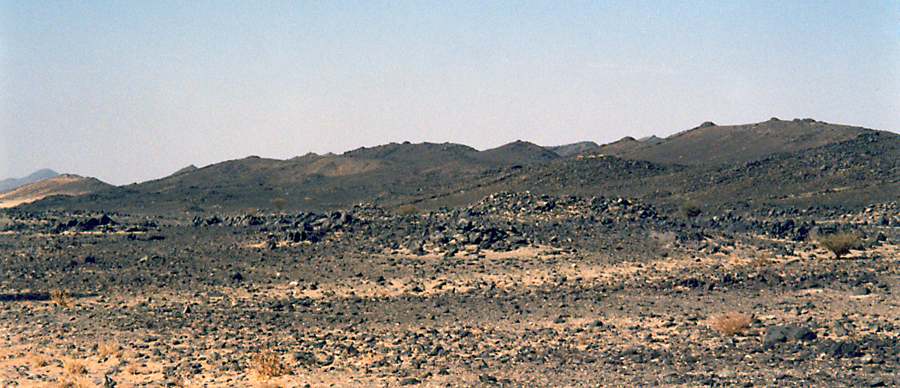 Little bumps on the top of each mountain are not an accident. Humans made those bumps thousands of years ago, and they are the tombs of Bir Zeen.  Walls of stacked rocks converge on structures at the top. The hillside adjacent to each wall has been picked clean of large rocks. When they built a wall, they picked up the rocks on either side of the wall and used them for its construction. At least they didn't have to transport rocks from miles away to create these mysterious structures.  Six tombs reside on the top of this particular mountain with peculiar stone walls running on top of the mountain and down its sides as well. 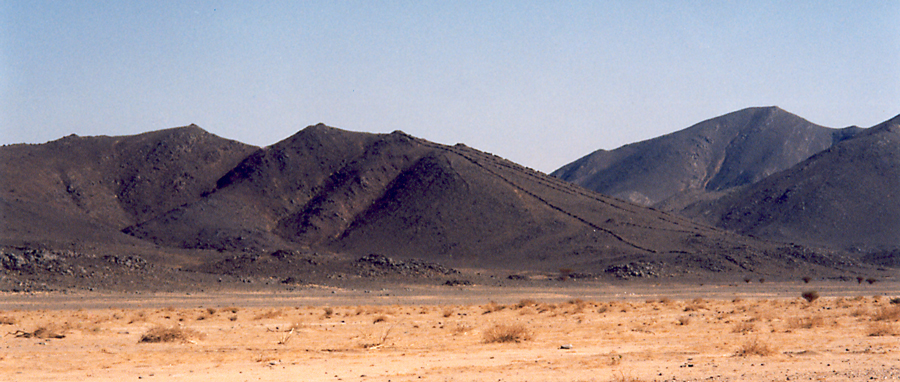 Tombs with a view are found on most of the mountains in this area. The height of the mountain is irrelevant. Even the high ones have rock walls with at least one tomb on the top.  The long walls going up and down the mountainside aren't smooth. The silhouette reveals the walls are actually stepped. They look like a razorback in the distance. 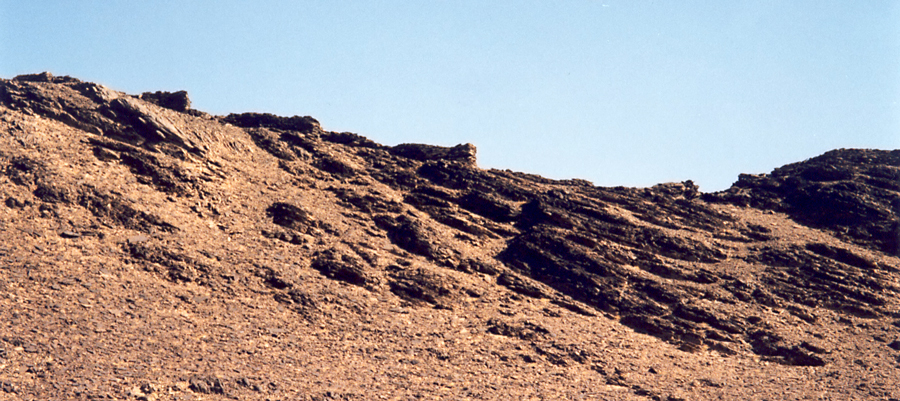 Three tombs sit in close proximity on the top of this ridge.
David lifts a stone from the top of one wall to demonstrate the large size of the rocks used in the construction. Building stepped walls up a hillside with such large rocks was hard work. I suspect that these structures must have been built over hundreds, or even thousands of years. Every time someone rich and famous died, it was necessary to claim another hill and build more rock walls. I think I would head out into the desert to tend my flocks if it looked like a powerful wealthy person was getting ready to die. That way I wouldn't be around to stack rocks for a couple of weeks. Tending sheep beneath the shade of a tree is better than stacking rocks on the side of a mountain.
In Egypt, many ancient temples disappeared because they were used as quarries to build mosques and churches. Rather than go to a mountain to quarry stone for new buildings, they simply went to ancient temples and used that stone for their new projects.
Next morning, we climb a batholith and survey our
domain. It's hard to believe our good fortune, because today we have
the privilege of trekking through the granite fields of the sedimentary
Nejd.
|
||||||||||||||||||||||||||||||
|
THE RED SEA
CHRONICLES - A FIRST CLASS SAILING ADVENTURE Captain Dave and his
family spent eleven years sailing around the world on their Privilege 39
catamaran, Exit Only. During the trip, the crew of Exit Only shot 200
hours of video with professional cameras to show people what it's like to
sail on a small boat around the world.
|
||||||||||||||||||||||||||||||
|
||||||||||||||||||||||||||||||
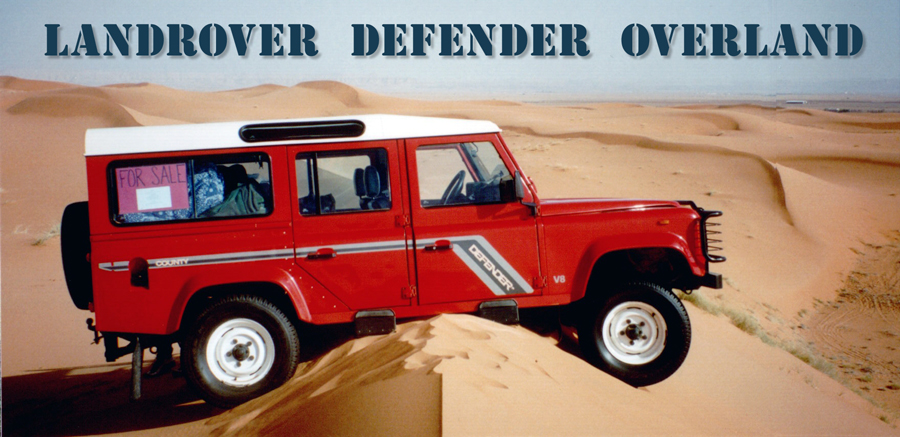 When things don't work out as planned, what should you do? Put a for sale sign of your Defender and hope that a Bedouin with lots of cash shows up to put you out of your misery? Sit around and feel sorry for yourself because you are high-sided on the sand dunes of life? Visit Land Rover Defender Overland.com 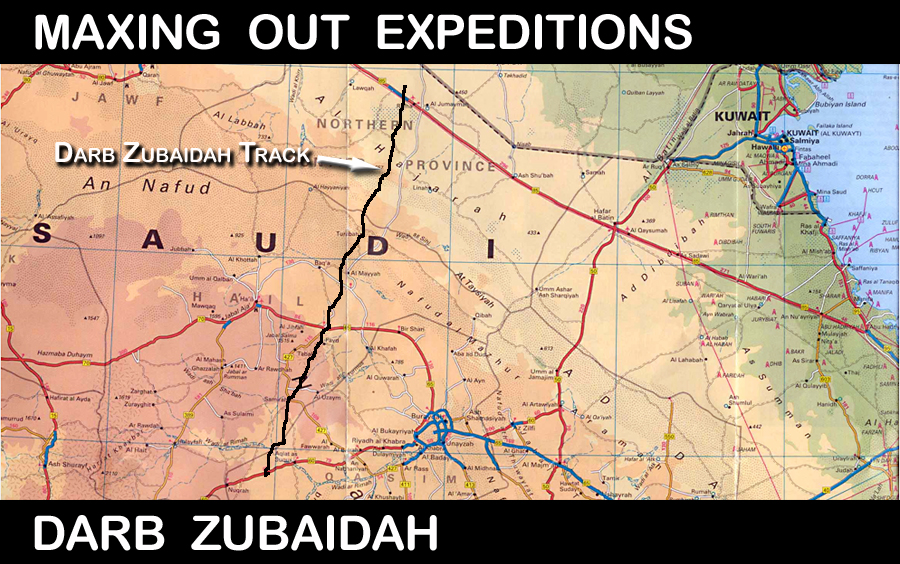 Travel in a Land Rover Defender 110 on the Darb Zubaidah from Iraq to Medina in the Kingdom of Saudi Arabia. Experience what it's like to follow the pilgrim route that took millions of people to the holy city of Mecca. Visit Maxing Out Expeditions.com 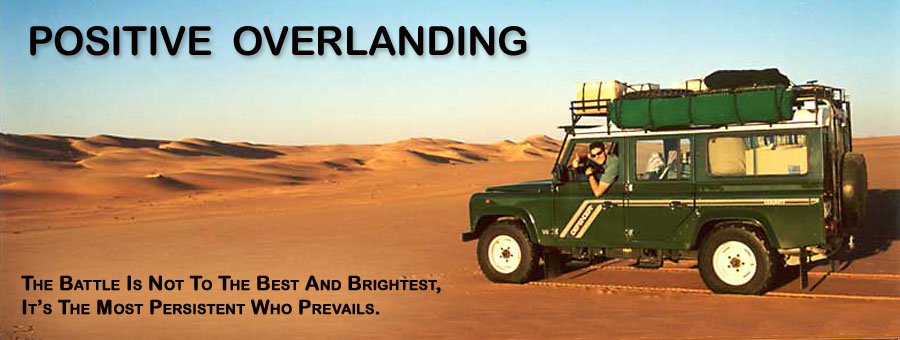 Discover the meaning of Positive Overlanding in a Defender 110 Land Rover. Visit Positive Overlanding.com 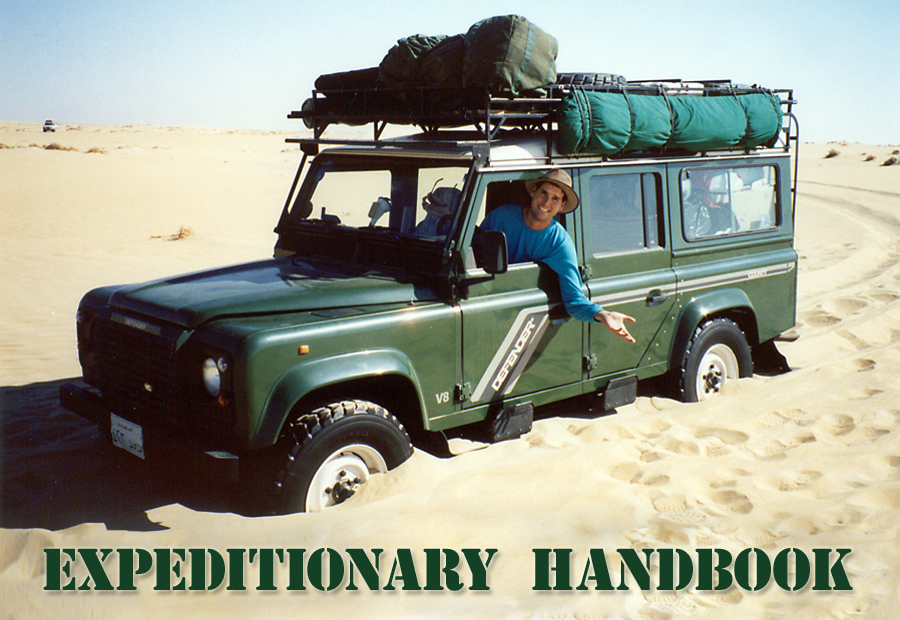 Learn the principles of desert navigation. Don't get stuck in the middle of nowhere up to your axles in despair. The expeditionary handbook will show you the way. Visit Expeditionary Handbook.com  Land Rover Defenders are expeditionary dream machines that can make your land cruising dreams come true. Learn the anatomy of expeditionary vehicles that are capable of taking you around the world. Visit Defender Offroad.com
The petroglyphs of the Rock Wall Journal are web pages
from the past frozen in time with a timeless message that reveals how much
prehistoric people are just like us. Visit
Rock Wall
Journal.com |
||||||||||||||||||||||||||||||


